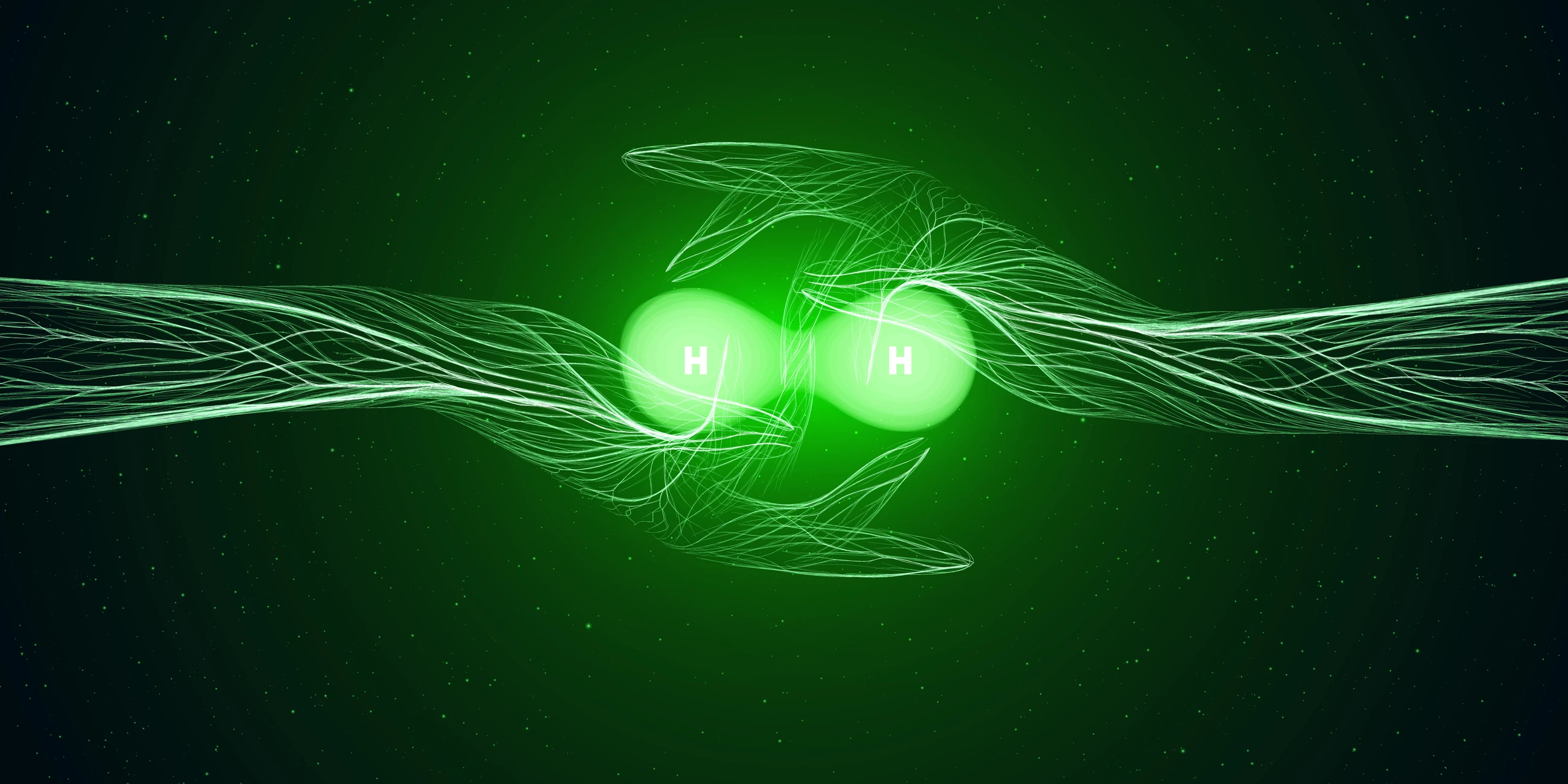Ammogen: Taking the lead in ammonia to hydrogen production

The Challenge
As the UK aims to decarbonise its energy system, we are going to see increasing deployment of large scale intermittent renewable generation located far from end users. The ability to effectively store large quantities of energy under a dispatchable form will be key to delivering the security and flexibility required by the energy system.
Green hydrogen produced via electrolysis is a key enabling solution and it is likely that we will increasingly see electrolysers co-located with offshore wind assets. However, the low volumetric density of hydrogen means that it must be either compressed to high pressures, liquefied, or transformed into a carrier to be dispatched over long distances.
Ammonia can be utilised as a dispatchable hydrogen carrier that enables the storage and transportation of large quantities of renewable hydrogen over long distances. Although production, handling practices and supply chains are mature and well-established, efficient ammonia to hydrogen conversion processes still need to be developed. Efficient, and cost-effective ammonia cracking technologies able to generate pure hydrogen are still at a low technology readiness level despite worldwide efforts to accelerate developments.
The Tyseley Ammonia to Hydrogen Project (Ammogen) aims to fill this gap and overcome the technological challenges to reach a market-ready solution.
The Solution
After carrying out extensive feasibility studies in the ammonia to hydrogen conversion, Gemserv, part of Talan, successfully developed and presented a proposal to scale up the required technologies needed to demonstrate and validate the economic case.
Ammonia is a primary candidate to deliver a secure supply of renewable hydrogen for stationary, transport or mobile applications in the UK.
It benefits from its existing infrastructures, ease of storage and well-defined regulation and safety history for over 75 years.
This £6.7 million project is funded by DESNZ, and is led by Gemserv, supported by leading industrial and research partners and collaborators, including H2SITE, EQUANS, Tyseley Energy Park, University of Birmingham and Yara.
The Impact
This demonstrator will accelerate the development of low carbon hydrogen in the UK by providing the missing link between large offshore hydrogen production and the end user, leading to a lower cost at the point of use. It will also unlock the capability for the UK to import and export hydrogen globally. The Ammogen Project will design, build, commission, and operate a world leading efficient ammonia to hydrogen conversion unit, demonstrating 200kg/day production of transport-grade hydrogen.
The project will be located at Tyseley Energy Park and co-located alongside an existing hydrogen refuelling station. The hydrogen will be made available to suitable end-user applications and to develop use-cases.
The aim is to dramatically improve the efficiency and economics of ammonia cracking, accelerate the development of hydrogen solutions in the UK and position the country at the forefront of an emerging global hydrogen market.
